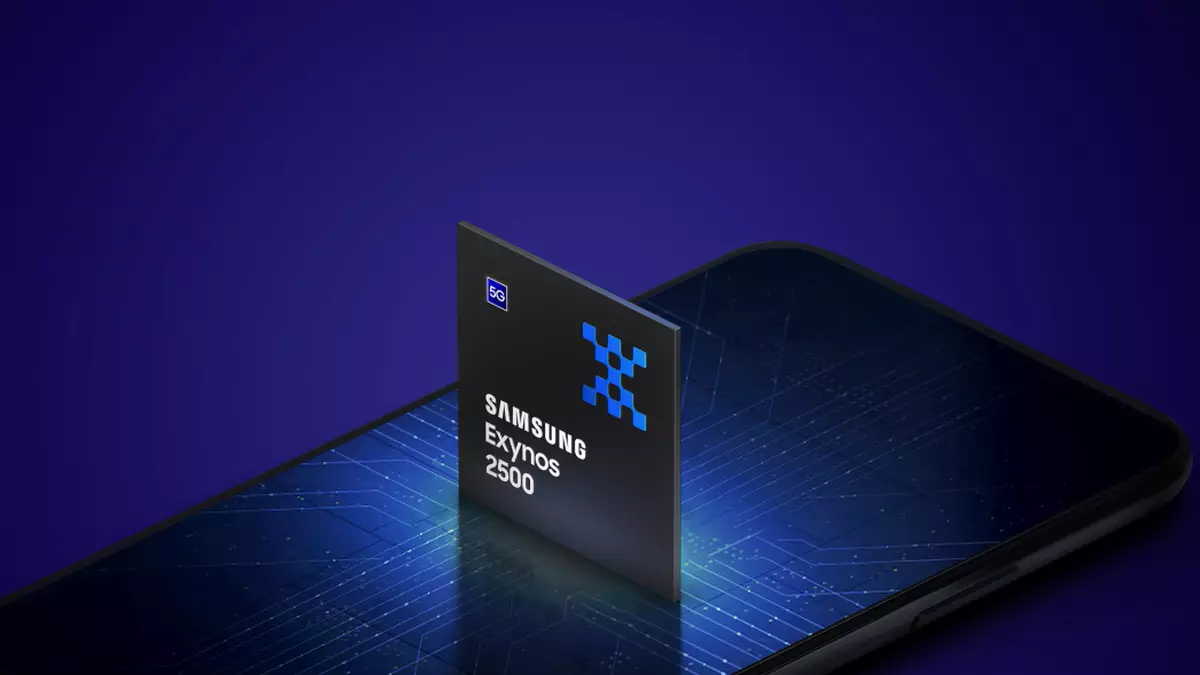In an industry that thrives on rapid innovation, the unveiling of Samsung’s Exynos 2500 chipset, manufactured using cutting-edge 3nm process technology, signifies a pivotal moment in mobile processing. This isn’t just another processor; it’s a tech marvel that promises to redefine expectations, delivering a staggering 15 percent increase in CPU performance and an astonishing 39 percent leap in on-device AI capabilities compared to its predecessor, the Exynos 2400. It’s a bold proclamation from Samsung, indicating that they are not only in the race but are looking to lead the pack with unparalleled advancements in their functionality and performance.
Prioritizing Consumer Empowerment
One of the standout features of the Exynos 2500 is its support for direct connectivity with Low Earth Orbit (LEO) satellites, enabling emergency calls and texts. In an era where connectivity can literally mean the difference between life and death, Samsung is tapping into a vital niche that prioritizes user safety and empowerment. It’s a refreshing approach in the technology landscape, where manufacturers often prioritize profit margins over consumer welfare. This feature could transform how we think about mobile communications, pushing beyond traditional terrestrial networks into the sky.
An Impressive Technical Specification
At its core, the Exynos 2500 is a sophisticated 10-core CPU, structured in a tri-cluster design that optimizes performance and efficiency across various tasks. With a Cortex-X5 core clocked at 3.3GHz, and several supporting cores, Samsung is clearly angling for performance that not only meets but exceeds the demands of modern smartphone users. Such capability lends itself to an enhanced gaming experience via the Xclipse 950 GPU, which utilizes AMD’s RDNA 3 architecture. Claiming to achieve 28 percent faster frame rates with hardware-accelerated ray tracing is not just marketing jargon; it’s a commitment to provide consumers with an immersive visual experience, pushing boundaries of what is possible in mobile gaming.
Pushing the Limits of Photography
Moreover, the Exynos 2500 supports astonishing camera capabilities, accommodating up to a 320-megapixel sensor. This is more than just a number; it reflects a shift toward professional-grade photography in smartphones. With the ability to record 8K videos at 30fps, and 4K at 120fps, this chipset is undoubtedly aimed at content creators and photography enthusiasts who demand high quality. Two cameras working harmoniously—a 64-megapixel and a 32-megapixel—also signify Samsung’s intent to redefine mobile photography. The hardware is robust enough to allow users to capture and share experiences in go-anywhere quality, thereby expanding the possibilities for creativity.
Connectivity and Future Readiness
Connectivity remains a cornerstone of this new chipset, as the Exynos 2500 boldly claims support for the latest 5G technologies, boasting speeds of up to 12.1Gbps. In a world that increasingly relies on instant communication, seamless connectivity is imperative. Support for Wi-Fi 7, Bluetooth 5.4, and NFC further situates the Exynos 2500 as a future-ready chipset. With the growing dependence on technology across various facets of daily life, having a processor that aligns with these advancements is of paramount importance.
As the smartphone market gears up for the anticipated launch of the Galaxy Z Flip 7, industry watchers are eager to see how the Exynos 2500 performs in real-world scenarios. From enhanced gaming capabilities to unprecedented camera technology, this chipset stands as a testament to Samsung’s commitment to pushing the envelope in mobile innovation. It paints a vivid picture of a technological landscape where users are not merely passive consumers but active participants in a dynamic and connected world. The Exynos 2500 isn’t just about performance metrics; it’s about setting the stage for the future of mobile technology, one groundbreaking innovation at a time.



Leave a Reply